Treatment of the temporomandibular joint disorders in Kyiv, dentistry QRD Dental
Symptoms of TMJ disorders
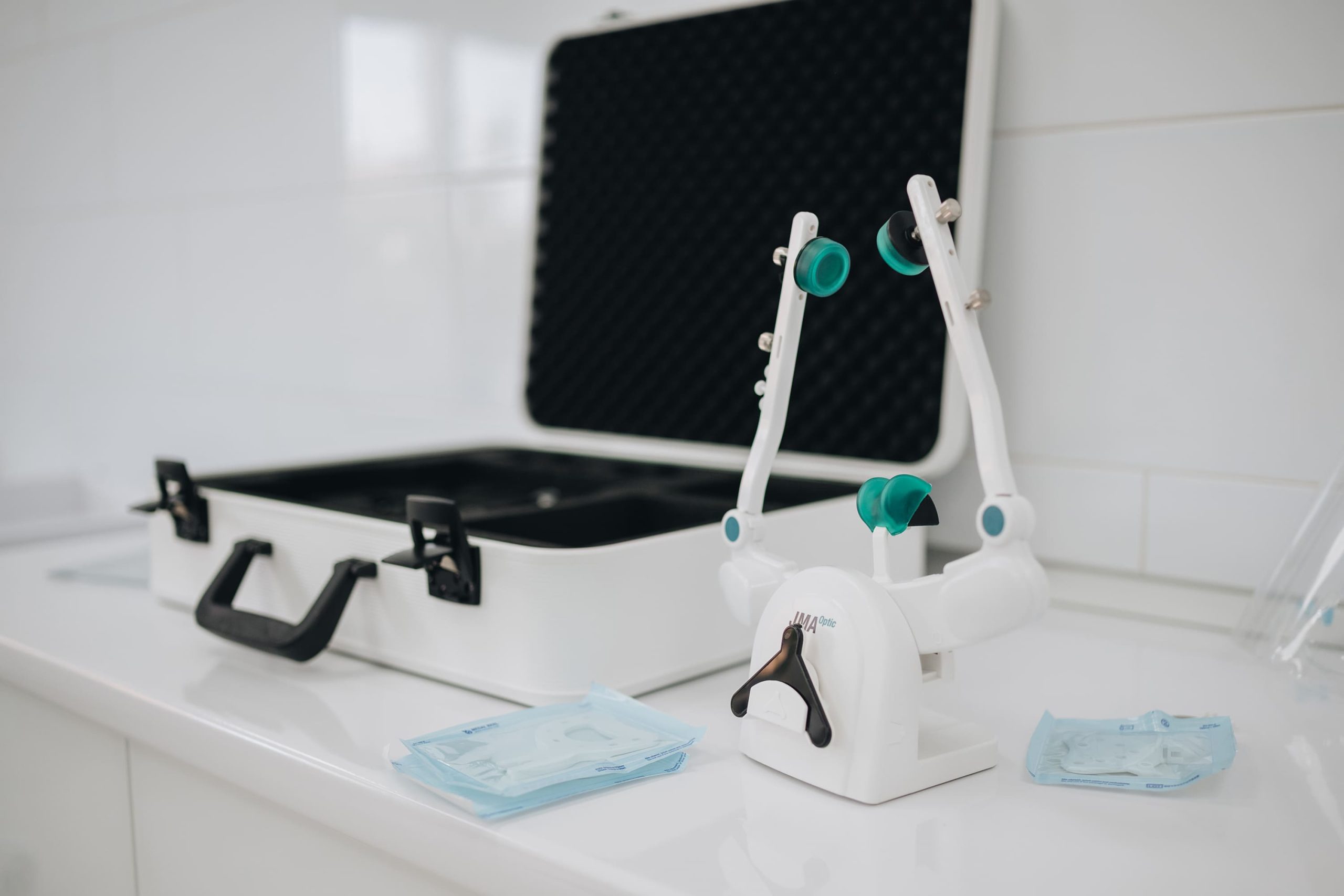
Symptoms that may indicate problems with the TMJ are the following:
- Headache. The headache is often localized in the temples and the back of the head; it can radiate to the shoulders. The pain is so severe that doctors confuse it with a migraine.
- Clicks and noises in the joint. There are extraneous sounds during chewing, yawning or just when you open your mouth. Clicks can be quite loud and cause pain.
- TMJ disorders can be expressed by changes in bite.
- A problem with the temporomandibular joint may be indicated by hearing loss or pain and congestion in the ears.
- Tooth sensitivity can also be a sign of joint problems.
In case of inflammation of the TMJ, there may be pain and swelling directly in the joint itself, as well as general malaise, fever, weakness and drowsiness.
In order to formulate the correct diagnosis, it is necessary to conduct a complex examination. To do this, the doctor collects an anamnesis and prescribes diagnostic measures such as radiography or MRI, neurological examination, arthroscopy.
Further, functional tests are carried out – bite, interdental contacts, etc. are evaluated.
Sometimes, in order to make a correct diagnosis, a consultation of dentists from different fields with the involvement of related specialists is needed.
Without high-quality diagnostics, it is impossible to choose an effective treatment regimen.
It is worth noting that very often a lot of time passes from the onset of the disease until a correct diagnosis is made and the patient has to see several specialists. TMJ disorder is a complex and controversial diagnosis that is not always obvious to a specialist.
Causes of temporomandibular joint disorders
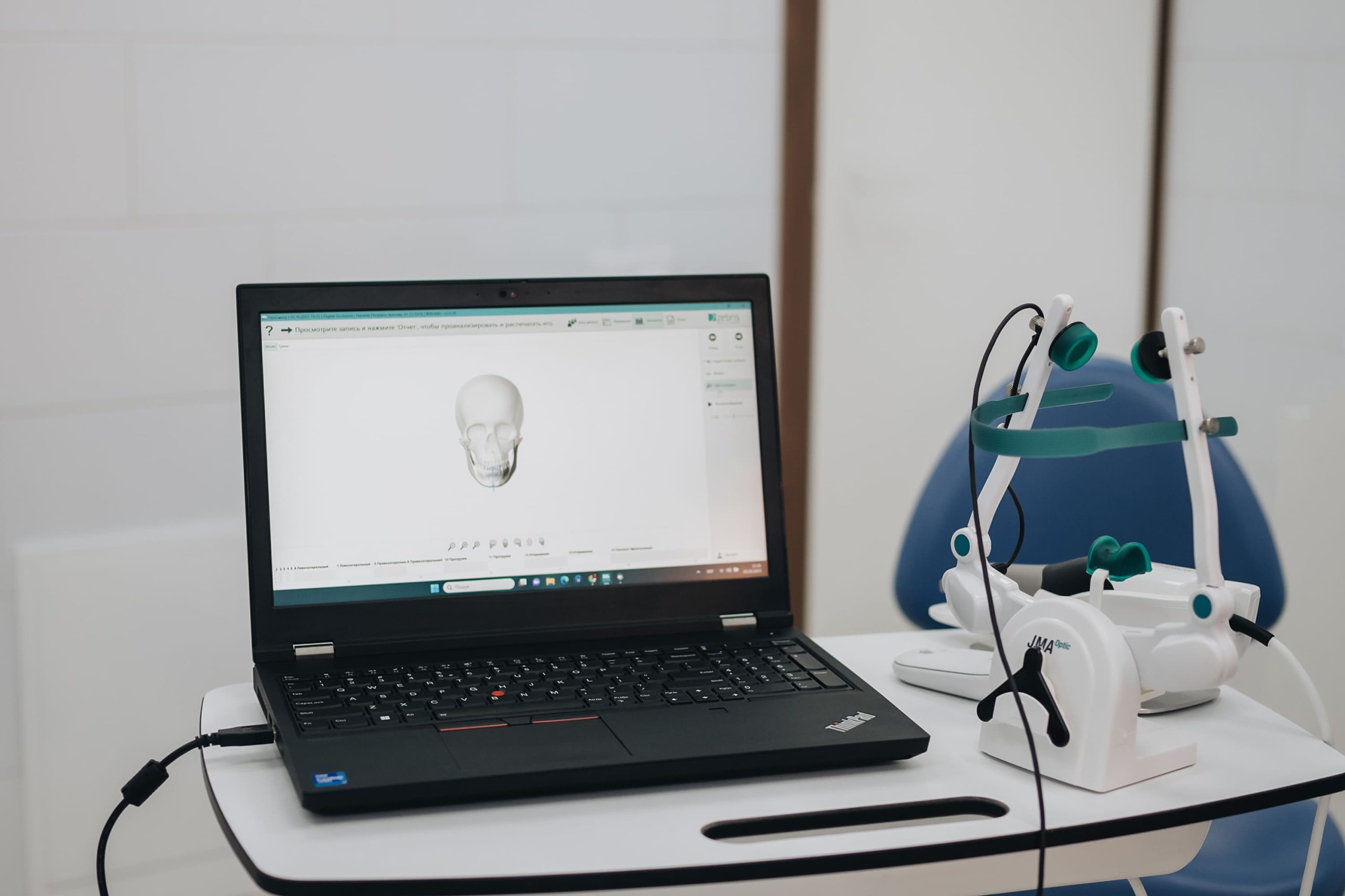
The causes of TMJ disorders are very diverse. One of the common reasons is medical errors of dentists who have treated earlier:
- For example, incorrect setting of a filling on one of the chewing teeth, because of which the symmetry in the work of the temporomandibular joints is broken.
- Incorrect orthodontic treatment.
- Also, disorders of the TMJ can be the result of regular long-lasting dental treatment without necessary breaks.
In the QRD Dental clinic, all types of treatment are carried out by specialists familiar with the prevention of TMJ disorders resulting from improper treatment.
In complex orthodontic cases, as in prosthetics, a treatment plan is drawn up with the participation of several specialists, including a gnathologist, so that the treatment is as effective as possible and will not cause such undesirable consequences as disorders of the temporomandibular joint.
Reasons unrelated to previous treatment include:
- Joint injuries
- Loss of teeth when the symmetry of the jaw is disturbed, especially the loss of posterior teeth on one side without subsequent prosthetics
- Bruxism
- Curvature of the bite and long-term absence of orthodontic treatment
- Taking hormonal drugs
- Systemic diseases affecting the joints (such as arthritis).
Diagnosis of Temporomandibular Joint Dysfunction Using a Facemask
Diagnosing temporomandibular joint dysfunction (TMD) using a facemask is one of the methods for assessing the function of this joint. This method is based on observing the movement of the temporomandibular joint and assessing changes in the position of the facemask during various jaw movements.
The process of diagnosing TMD using a facemask includes the following steps:
- The patient sits or stands in a comfortable position for the doctor.
- The doctor places one hand on the patient’s head and the other on the chin.
- The patient makes various jaw movements: opening the mouth, closing it, shifting the jaw left and right, making lateral movements, and other motions.
- The doctor observes the movement of the facemask during these movements and identifies any inconsistencies, instability, or limitations in the movement of the TMD.
The advantages of diagnosing TMD using a facemask include the following:
- Non-invasiveness: This method does not require the use of expensive equipment or invasive procedures, which can be uncomfortable for the patient.
- Simplicity and speed: Diagnosis is conducted quickly and easily, allowing the doctor to quickly obtain a general understanding of the patient’s TMD function.
- Real-time observation: The doctor can observe the patient’s jaw movements in real time, providing a more accurate assessment of TMD function.
- Detection of limitations and dysfunctions: This method can identify restrictions in movement, pain, and other signs of TMD, helping to determine the necessary further diagnostic or treatment measures.
However, it is important to note that diagnosing using a facemask may only be part of a comprehensive examination for patients suspected of having TMD. For precise diagnosis and treatment planning, additional assessments such as X-rays, magnetic resonance imaging (MRI), or consultations with specialized physicians, such as a gnathologist or orthopedic surgeon, may be necessary.
Treatment of TMJ disorders at QRD Dental Clinic

The treatment of TMJ disorders in the QRD Dental clinic is taken very seriously, since the process is long and the quality of life of the patient depends on its success.
In order to achieve sustainable treatment results, an integrated approach and a correctly drawn up treatment plan are required, which, based on the causes of TMJ disorders, may include:
- Correction of bite (orthodontic treatment)
- Surgery
- Retreatment of teeth
- Prosthetics of missing teeth
- Physiotherapy
- Use of an articular splint
Symptomatic treatment in case of TMJ disorders is not effective, because it is not enough just to eliminate pain or spasms – without radical therapeutic measures, the problem will only get worse.
The most effective way to treat TMJ disorders in dentistry is the use of an articular splint.
This is a special device that relieves stress from the temporomandibular joint, as well as tension from the masticatory and cervical muscles.
When using an articular splint, painful manifestations are significantly reduced. The splint helps limit habits such as bruxism, nervous clenching of the teeth.
Вартість послуг
Консультація ортопеда-гнатолога (головного лікаря) 1800,00 грн
Консультація ортопеда-гнатолога 1000,00 грн
Фрезерована капа 14 000,00 грн
Діагностика та сканування з цифровою дугою Zebris 9800,00 грн
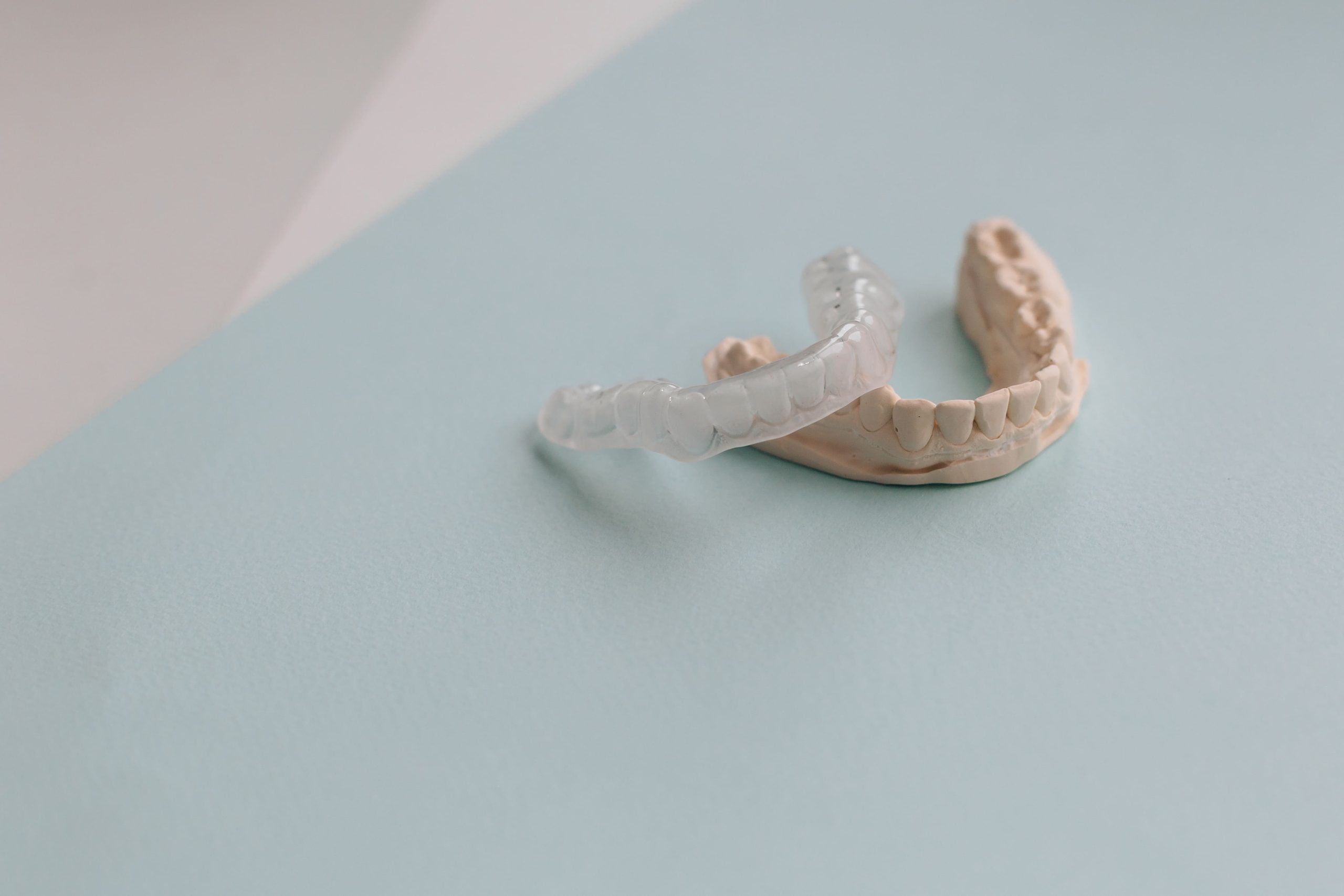
With prolonged use of the joint splint (several weeks), noticeable results can be achieved in the elimination of chronic joint pain. To do this, the splint must be worn for at least an hour during the daytime and all night. In some cases, the dentist may prescribe an individual mode of wearing the splint, depending on the complexity of the case.
At the QRD Dental clinic, an experienced gnathologist is involved in the treatment of TMJ disorders. We approach the diagnosis and treatment of this difficult disease with all professionalism and have many examples of successful treatment.
In order to get more information and expert advice, make an appointment in any convenient way from those offered on the site.
We will definitely select a convenient appointment time for you and you will surely appreciate the professionalism of our dentists and the high standards of patient service in our clinic.

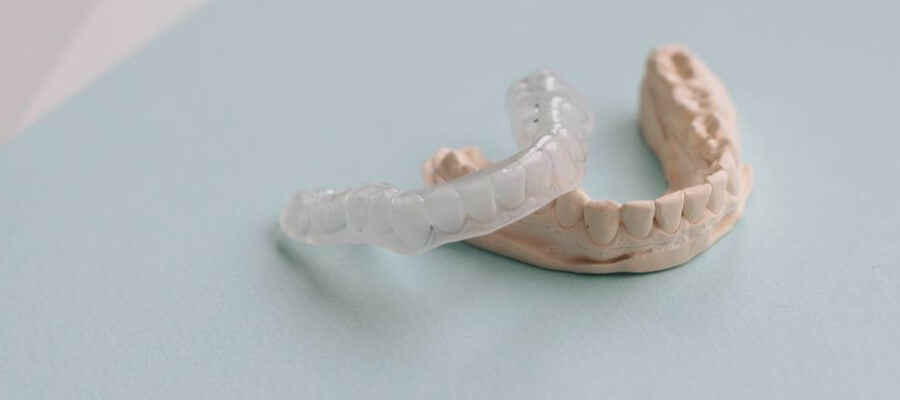
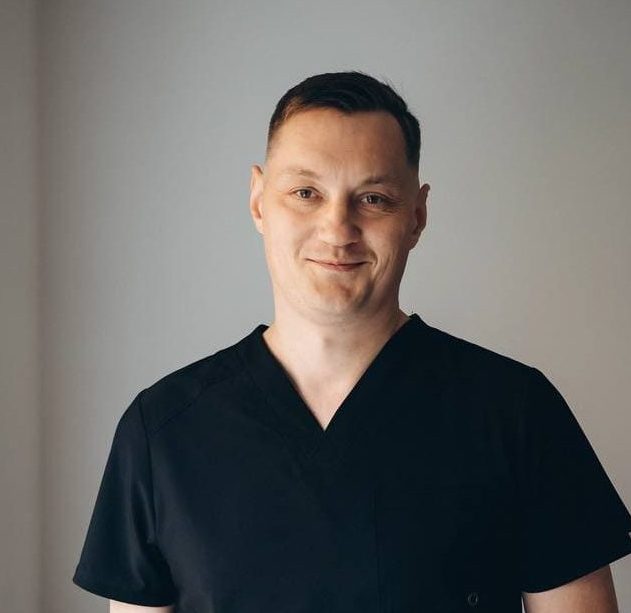
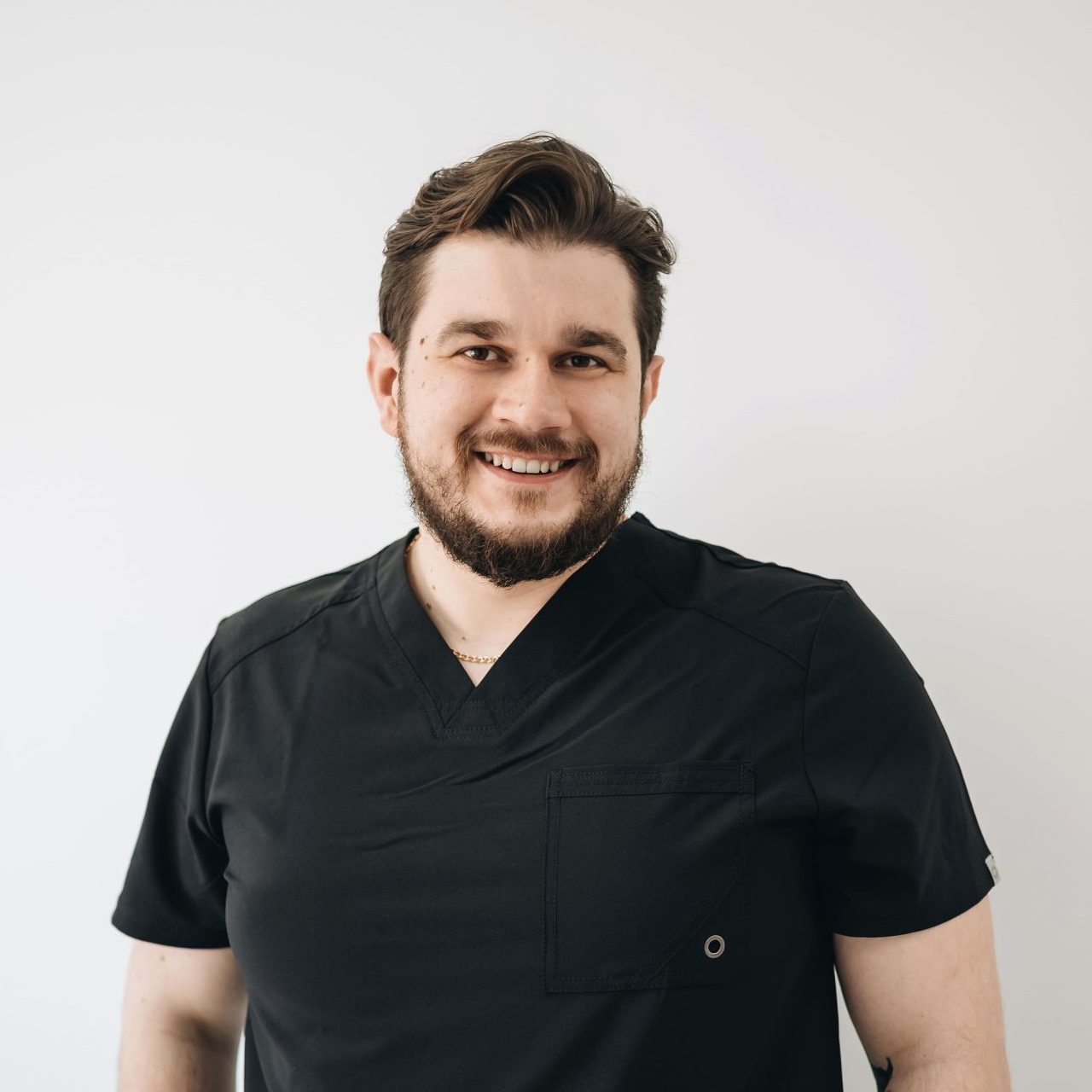
Щиро вдячна Валерію Валентиновичу за його уважність та дуже гарне знання свого діла! Допоміг вирішити проблему , яка турбувала мене багато років. Чи буду я рекомендувати його своїм знайомим? Звичайно- так!!! Також вдячна лікарям, які теж брали участь в процесі мого лікування (Світлана Миколаївна та Тарас Олександрович).
Справді команда професіоналів своєї справи!
Особливе дякую- лікарю гнатологу Валерію Валентиновичу! Лікар підбирає індивідуальний підхід до кожного та надає зрозуміле, а головне результативне лікування. Я дякую кожному, за проведену роботу з моїм випадком. Успіхів!)